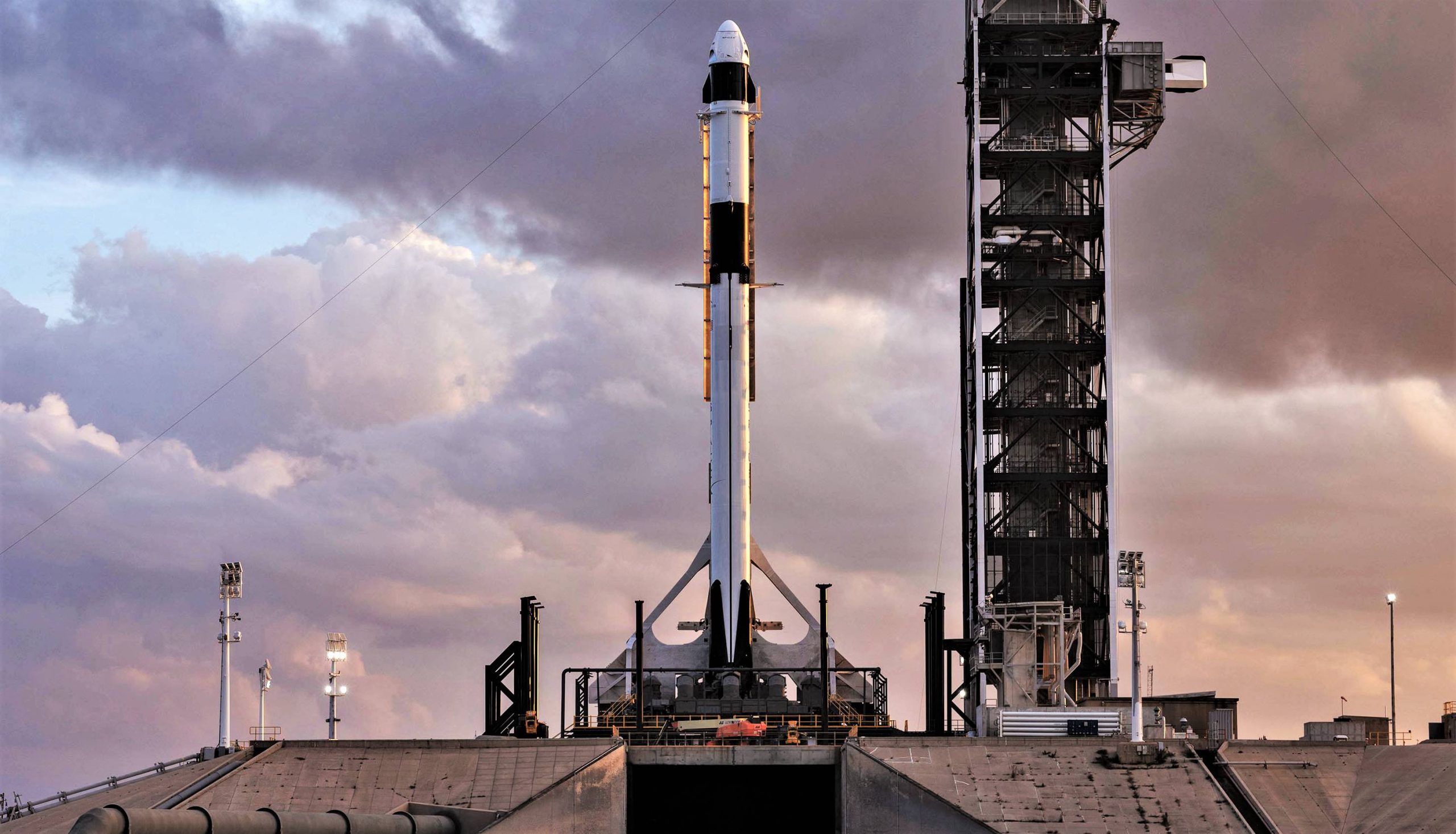
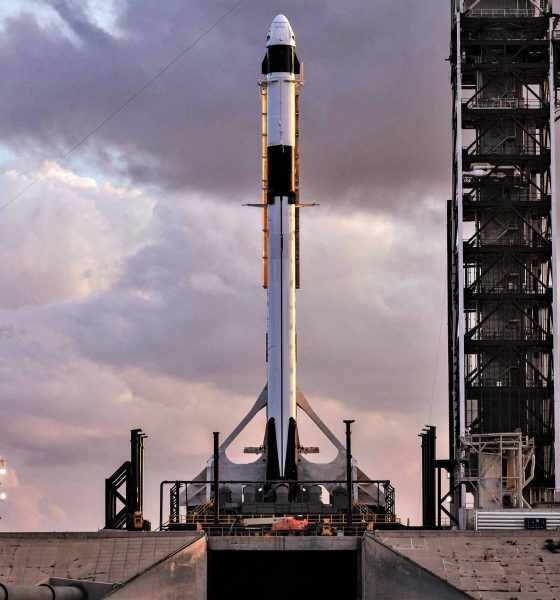
News
SpaceX hot-fires Falcon 9 with Crew Dragon aboard prior to first orbital launch
SpaceX has completed a hot-fire test of Falcon 9 B1051 at Pad 39A, hopefully demonstrating that the company’s first human-rated rocket is ready to support the orbital launch debut of its Crew Dragon spacecraft.
Given NASA’s uniquely conservative tendencies, it’s hard to extrapolate from SpaceX’s well-worn launch operations. Nevertheless, if the data from this static fire show a healthy spacecraft and rocket, SpaceX will likely be well on their way to the first (uncrewed) orbital launch of Crew Dragon, currently expected no earlier than (NET) the second half of February.
TEST FIRE of #SpaceX Falcon 9 and Crew Dragon at 1600 ET / 2100 UTC! Appeared to go well. pic.twitter.com/a66CnBv7fU
— Emre Kelly (@EmreKelly) January 24, 2019
In an intriguing sign that Crew Dragon was fully fueled and ready to abort at any second, SpaceX Dragon recovery vessel GO Searcher was stationed in the Atlantic Ocean just a few miles East of Falcon 9’s static fire attempt at Pad 39A. In other words, if Falcon 9 were to have experienced a potentially catastrophic anomaly during propellant loading or Merlin 1D ignition, Crew Dragon would have likely ignited its 8 Super Draco abort thrusters to rapidly accelerate away from the rocket, theoretically saving itself (and any astronauts aboard). GO Searcher would have then quickly recovered the forlorn spacecraft after it deployed its parachutes and landed in the ocean, essentially a replay of the Pad Abort test SpaceX engineers and technicians completed in 2015.
Designed with the sole intention of ensuring that Crew Dragon is capable of safely aborting an anomalous launch and carrying astronauts to safety at almost any point between ignition and orbit, that same launch abort system (LAS) also offers the option for Crew Dragon to escape a potentially damaging situation even without a crew aboard. In the latter case, Crew Dragon’s hardware would be preserved for potential refurbishment and reuse, likely saving SpaceX and NASA tens of millions of dollars (if not $100M+) and cutting months off of the inevitable delays that would follow. Crew Dragon’s integrated LAS – meaning that the spacecraft brings it wherever it goes – is completely unique in the history of crewed spaceflight and ultimately offers unbeatable protection for any astronauts or passengers entrusted to it.
Thanks in large part to undoubtedly disruptive NASA demands that may well be far more conservative than necessary, SpaceX extensively re-engineered Falcon 9 for ease of manufacturing and extreme reliability, both of which go hand in hand. Among dozens of minor to major changes, M1D and MVac engines were modified to mitigate minor problems with turbopump blades fracturing, overall avionics redundancy was upgraded, and Falcon’s ultra-high-pressure helium storage tanks (COPVs) were drastically redesigned.

These upgrades were ultimately integrated into the iteration known as Block 5. According to SpaceX’s updated Falcon 9 and Heavy payload user guide, “[aside from the payload interface], all first- and second-stage vehicle systems are the same [for Dragon and satellite launches], indicating that the same exact rocket is produced for any given single-stick Falcon 9 launch. This means that all SpaceX customers, US government or not, benefit directly from the reliability demanded by NASA and the US military for crewed and uncrewed launches. It also means that SpaceX’s production system remains exceptionally simple, as just a single upper stage and booster variation is needed for the vast majority of the company’s launches. Falcon Heavy requires a unique center core booster and nosecones but is otherwise unchanged from Falcon 9.
According to Russian media, SpaceX is now targeting Crew Dragon’s launch debut NET February 16th. Liftoff will occur around 8am EDT (13:00 UTC) if that timeframe holds.
The Russians are claiming NET 16th, but again – don’t go booking any flights. That may not stick.
PS This is not unexpected. Lots of first time (unique mission) reviews, ISS in play, etc. etc. It’ll be mostly paperwork related.
— Chris B – NSF (@NASASpaceflight) January 21, 2019

News
Tesla Semi program Director teases major improvements
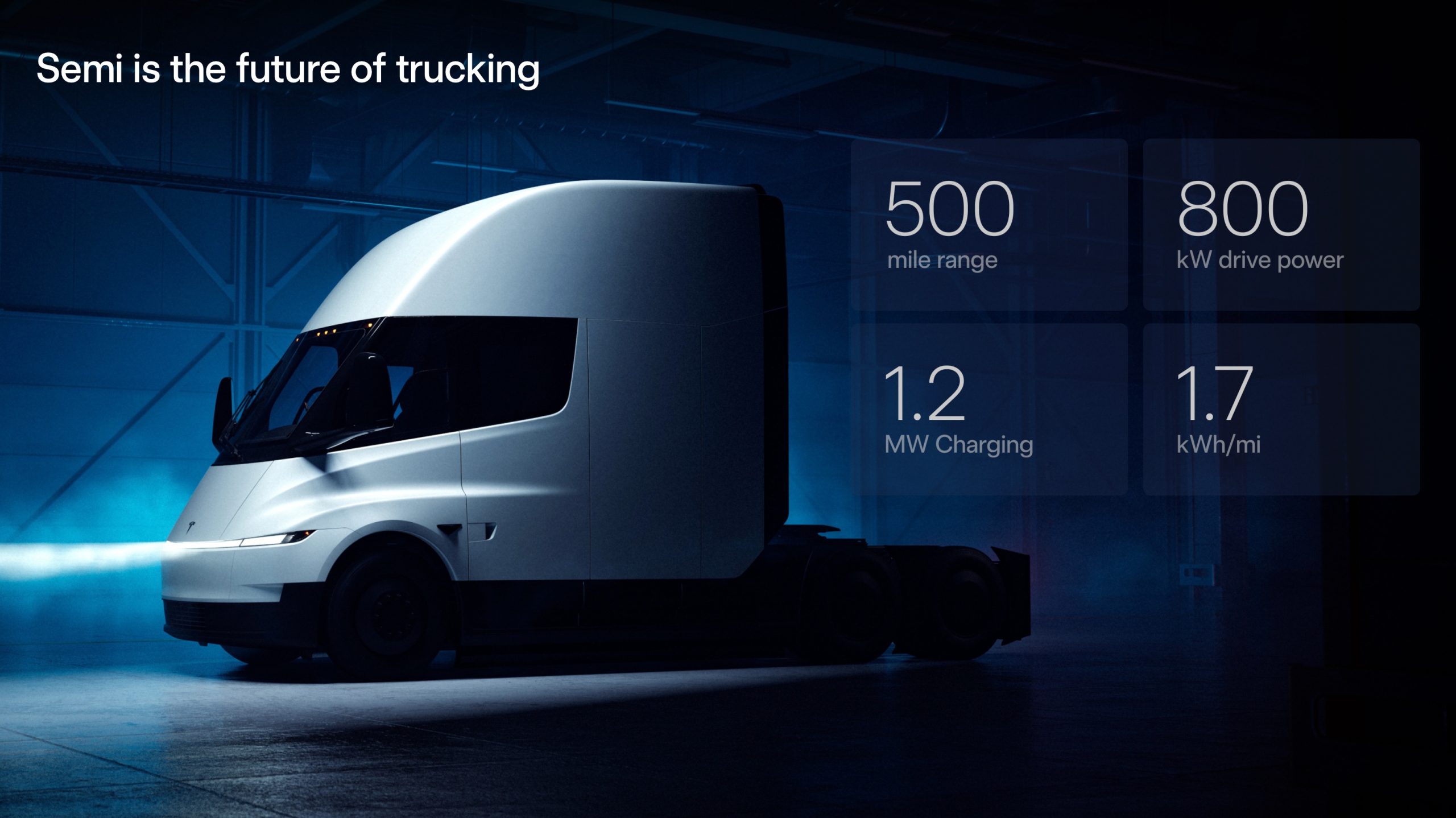
Tesla Semi Program Director Dan Priestly teased the major improvements to the all-electric Class 8 truck on Thursday night, following the company’s decision to overhaul the design earlier this year.
Priestley said he drove the Semi on Thursday, and the improvements appear to be welcomed by one of the minds behind the project. “Our customers are going to love it,” he concluded.
Just drove the redesigned Semi. Our customers are going to love it. https://t.co/KZ88sf1CDL
— Dan Priestley (@danWpriestley) December 19, 2025
The small detail does not seem like much, but it is coming from someone who has been involved in the development of the truck from A to Z. Priestley has been involved in the Semi program since November 2015 and has slowly worked his way through the ranks, and currently stands as the Director of the program.
Tesla Semi undergoes major redesign as dedicated factory preps for deliveries
Tesla made some major changes to the Semi design as it announced at the 2025 Annual Shareholder Meeting that it changed the look and design to welcome improvements in efficiency.
Initially, Tesla adopted the blade-like light bar for the Semi, similar to the one that is present on the Model Y Premium and the Cybertruck.
Additionally, there are some slight aesthetic changes to help with efficiency, including a redesigned bumper with improved aero channels, a smaller wraparound windshield, and a smoother roofline for better aero performance.
All of these changes came as the company’s Semi Factory, which is located on Gigafactory Nevada’s property, was finishing up construction in preparation for initial production phases, as Tesla is planning to ramp up manufacturing next year. CEO Elon Musk has said the Semi has attracted “ridiculous demand.”
The Semi has already gathered many large companies that have signed up to buy units, including Frito-Lay and PepsiCo., which have been helping Tesla test the vehicle in a pilot program to test range, efficiency, and other important metrics that will be a major selling point.
Tesla will be the Semi’s first user, though, and the truck will help solve some of the company’s logistics needs in the coming years.
News
Tesla dominates in the UK with Model Y and Model 3 leading the way
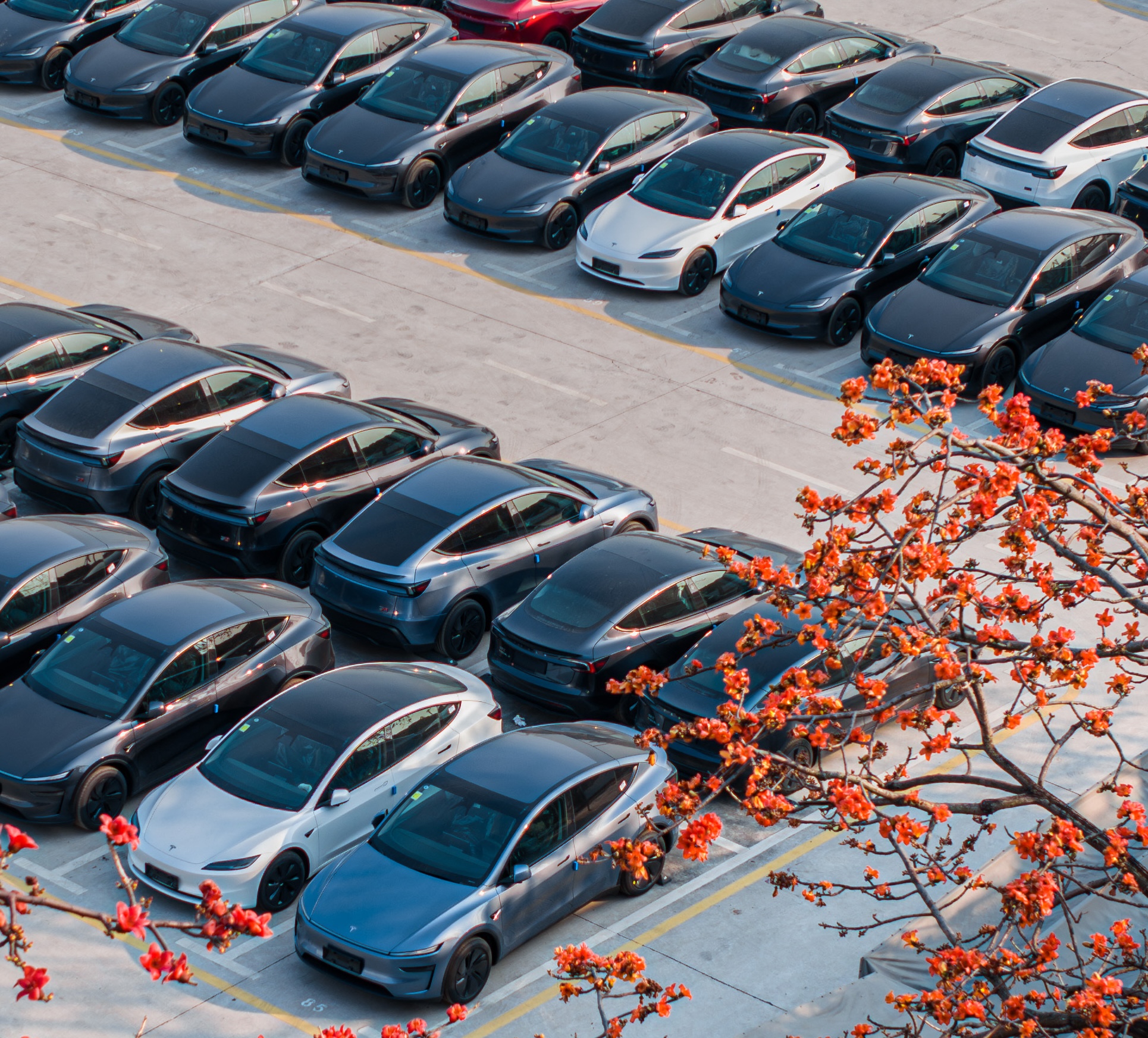
Tesla is dominating in the United Kingdom so far through 2025, and with about two weeks left in the year, the Model Y and Model 3 are leading the way.
The Model Y and Model 3 are the two best-selling electric vehicles in the United Kingdom, which is comprised of England, Scotland, Wales, and Northern Ireland, and it’s not particularly close.
According to data gathered by EU-EVs, the Model Y is sitting at 18,890 units for the year, while the Model 3 is slightly behind with 16,361 sales for the year so far.
The next best-selling EV is the Audi Q4 e-tron at 10,287 units, lagging significantly behind but ahead of other models like the BMW i4 and the Audi Q6 e-tron.
GOOD NEWS 🇬🇧 Tesla is absolutely crushing the UK electric vehicle market in 2025 💥
The numbers are in, and the dominance is clear. With an impressive amount of 42,270 vehicles delivered year-to-date, the brand now commands a solid 9.6% market share of the total auto market 🆒… pic.twitter.com/dkiGX9kzd0
— Ming (@tslaming) December 18, 2025
The Model Y has tasted significant success in the global market, but it has dominated in large markets like Europe and the United States.
For years, it’s been a car that has fit the bill of exactly what consumers need: a perfect combination of luxury, space, and sustainability.
Both vehicles are going to see decreases in sales compared to 2024; the Model Y was the best-selling car last year, but it sold 32,610 units in the UK. Meanwhile, the Model 3 had reached 17,272 units, which will keep it right on par with last year.
Tesla sold 50,090 units in the market last year, and it’s about 8,000 units shy of last year’s pace. It also had a stronger market share last year with 13.2 percent of the sales in the market. With two weeks left in 2025, Tesla has a 9.6 percent market share, leading Volkswagen with 8 percent.
The company likely felt some impact from CEO Elon Musk’s involvement with the Trump administration and, more specifically, his role with DOGE. However, it is worth mentioning that some months saw stronger consumer demand than others. For example, sales were up over 20 percent in February. A 14 percent increase followed this in June.
News
Tesla Insurance officially expands to new U.S. state
Tesla’s in-house Insurance program first launched back in late 2019, offering a new way to insure the vehicles that was potentially less expensive and could alleviate a lot of the issues people had with claims, as the company could assess and repair the damage itself.
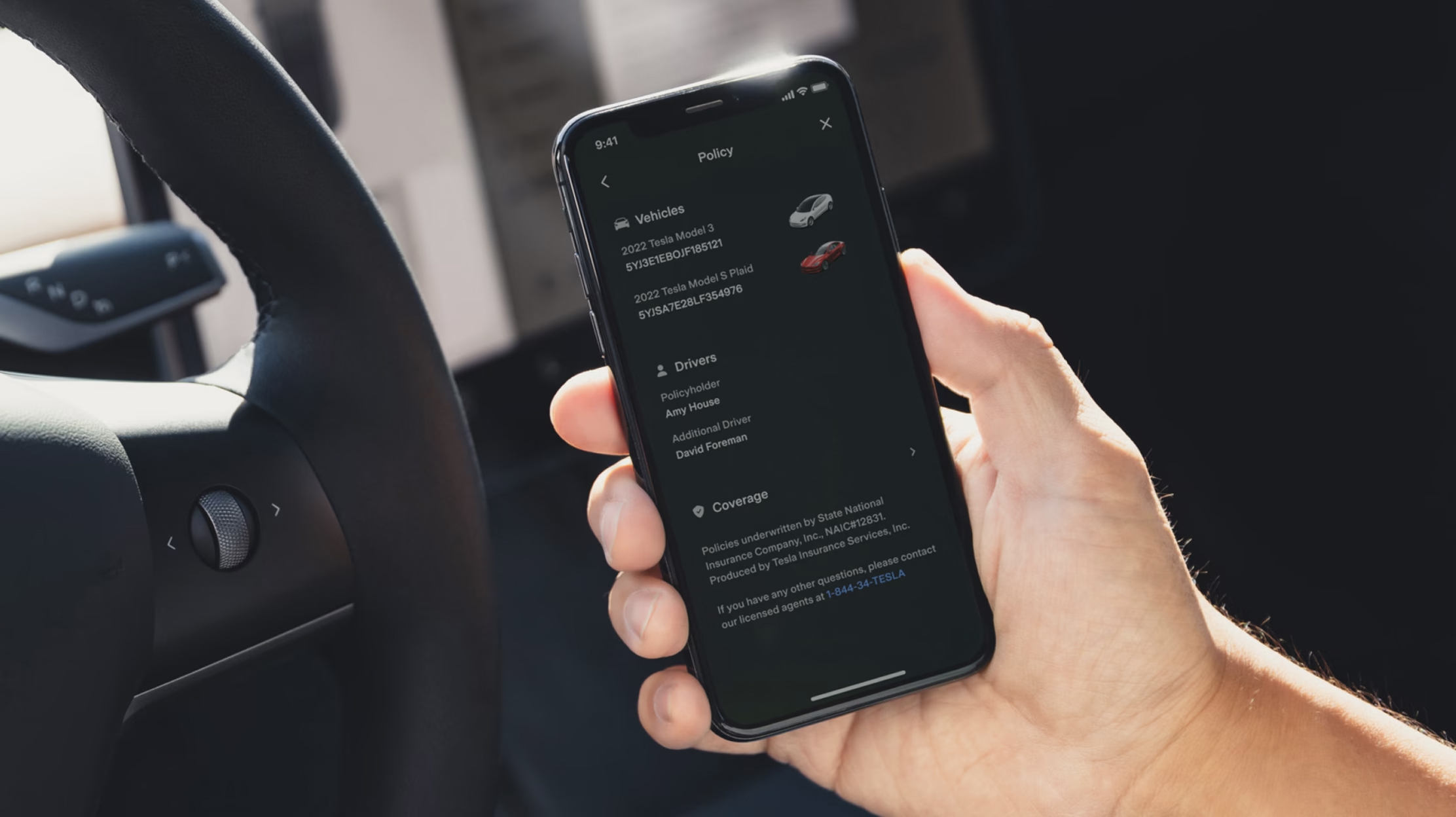
Tesla Insurance has officially expanded to a new U.S. state, its thirteenth since its launch in 2019.
Tesla has confirmed that its in-house Insurance program has officially made its way to Florida, just two months after the company filed to update its Private Passenger Auto program in the state. It had tried to offer its insurance program to drivers in the state back in 2022, but its launch did not happen.
Instead, Tesla refiled the paperwork back in mid-October, which essentially was the move toward initiating the offering this month.
BREAKING: Tesla Insurance has just officially launched in Florida.
This is the first new state to receive @Tesla Insurance in more than 3 years. In total, Tesla insurance is now available in 13 U.S. states (map in thread below of all the states).
Tesla Insurance in Florida uses… pic.twitter.com/bDwh1IV6gD
— Sawyer Merritt (@SawyerMerritt) December 17, 2025
Tesla’s in-house Insurance program first launched back in late 2019, offering a new way to insure the vehicles that was potentially less expensive and could alleviate a lot of the issues people had with claims, as the company could assess and repair the damage itself.
It has expanded to new states since 2019, but Florida presents a particularly interesting challenge for Tesla, as the company’s entry into the state is particularly noteworthy given its unique insurance landscape, characterized by high premiums due to frequent natural disasters, dense traffic, and a no-fault system.
Annual average premiums for Florida drivers hover around $4,000 per year, well above the national average. Tesla’s insurance program could disrupt this, especially for EV enthusiasts. The state’s growing EV adoption, fueled by incentives and infrastructure development, aligns perfectly with Tesla’s ecosystem.
Moreover, there are more ways to have cars repaired, and features like comprehensive coverage for battery damage and roadside assistance tailored to EVs address those common painpoints that owners have.
However, there are some challenges that still remain. Florida’s susceptibility to hurricanes raises questions about how Tesla will handle claims during disasters.
Looking ahead, Tesla’s expansion of its insurance program signals the company’s ambition to continue vertically integrating its services, including coverage of its vehicles. Reducing dependency on third-party insurers only makes things simpler for the company’s automotive division, as well as for its customers.








